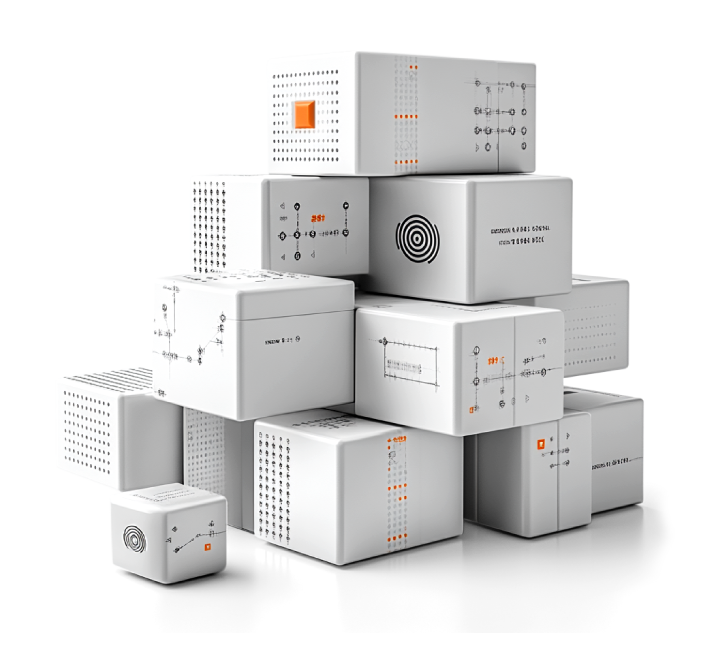Thick-Client Assessment
Security testing of desktop applications to identify potential vulnerabilities and enhance overall security posture.

Process
Our thick-client assessment focuses on quality, targeted analysis rather than bulk data gathering. We employ the following complementary steps:
Static & Dynamic Analysis
Map application architecture and code, including hardcoded data and configurations. Use automated tools to find known issues and manual reviews to uncover subtle, hidden vulnerabilities.
Binary Analysis
Examine application binaries to verify internal code structure, encryption mechanisms, and integrity.
Input Fuzzing
Target input fields and data streams with fuzz testing to identify errors caused by unexpected inputs, which often reveal hidden security gaps.
Authentication & Authorization Review
Thoroughly test all interaction points, especially login interfaces, for authentication and authorization robustness.
Memory & Crypto Review
Analyze memory management and review cryptographic algorithms and key handling mechanisms for security weaknesses.
Network Traffic Monitoring
Continuously observe application network traffic to analyze communication patterns and detect anomalies.



Results
After the assessment, we provide a detailed report that not only lists identified vulnerabilities and flaws but also includes in-depth analyses from manual reviews. The report offers actionable remediation recommendations and strategic guidance to strengthen your organization's long-term security posture.


